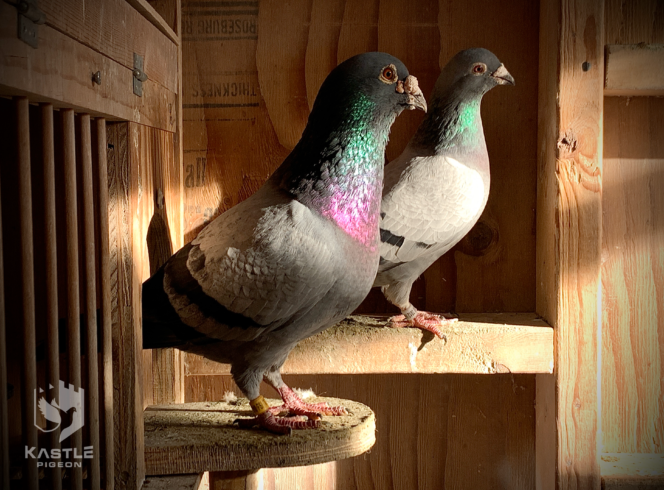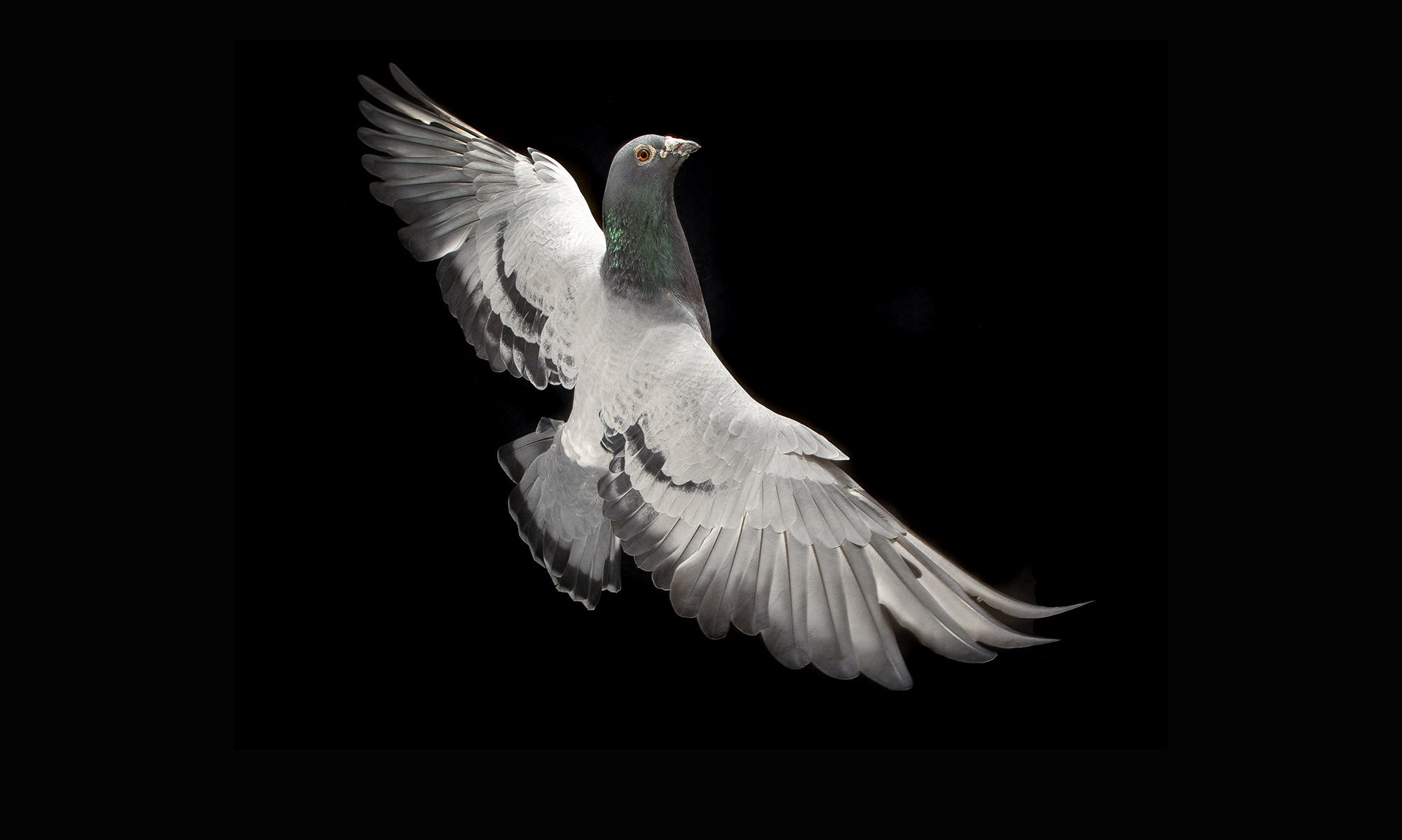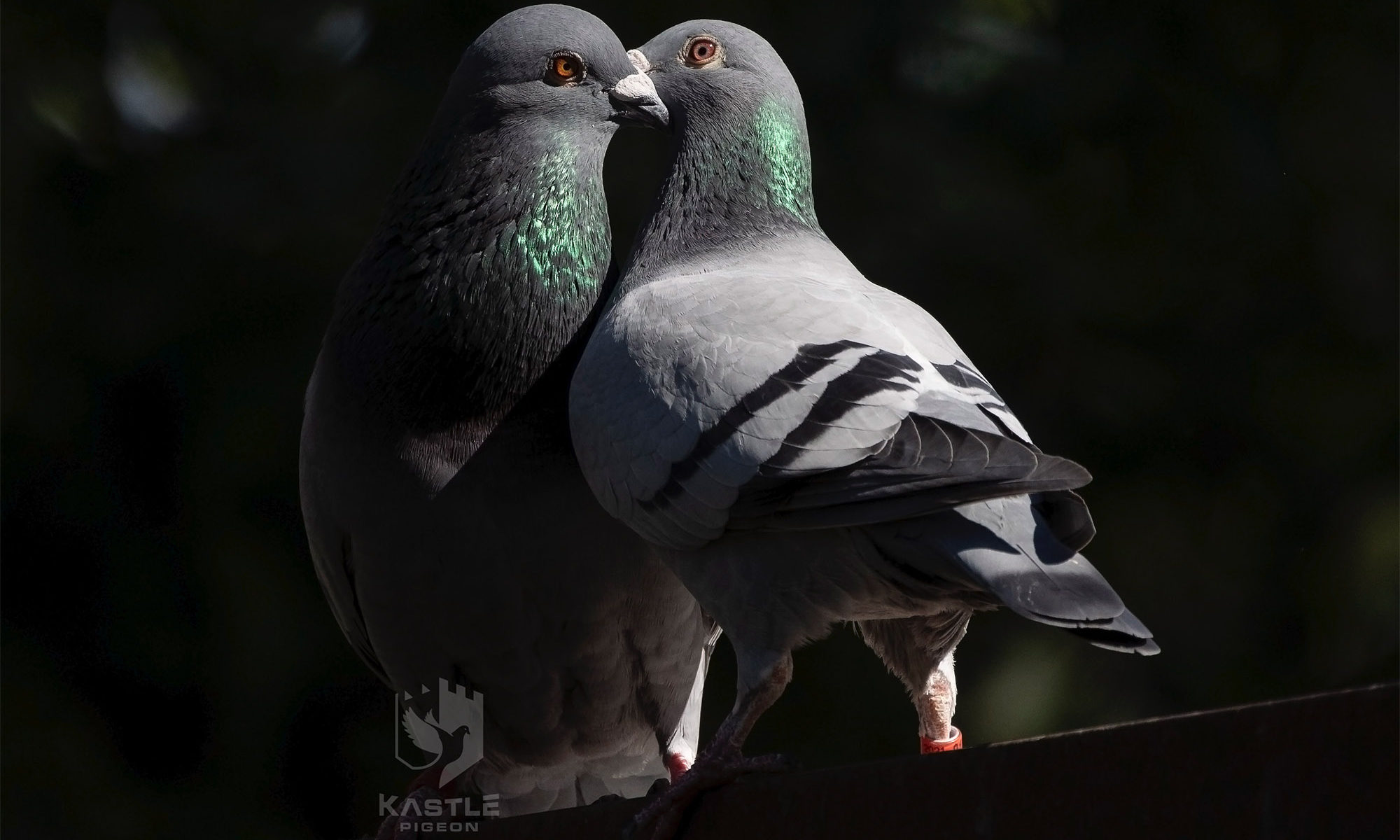
Our racing pigeons have a mysterious method for finding their way. Most of us mere humans need a map in order to get where we want to go. A breeding plan for a competitive performance loft is also essential for anyone to reach a destination.
At Kastle Loft, my goals are pretty simple. I want birds that can compete as youngsters both at home and for others. And I want my birds to show up when others do not. Easy enough to put on paper, right? Not so easy in practice.
In 2011, after reading about John Marles’ success with the M&D Evans line of Gaby Vandenabeele pigeons, I decided that they would fit exactly what I needed. I slowly began to acquire birds from multiple sources so that I could begin testing them. Mark Evans, John Marles and Don Campbell all are fierce and successful competitors who also select and breed for the tough weather flyers.
In 2017, Kevin Jones and his father Joey introduced me to the birds of Paul Macaloney of Scotland. Paul’s birds are 50% Mark Evans Gabys and are a natural fit for the breeding stock I already have. Paul has masterfully blended Heremans, Janssens, Kruger and other blood into the Gaby’s to make a unique family of his own which excel in tough conditions and agains thousands of pigeons. My loft has improved dramatically after breeding from and racing the Macaloney’s I have imported and acquired from Kevin.
I want to stock my breeding loft with as many birds that are “homozygous” for my criteria as possible. I want that genetic jar to be full of gold coins in order for their offspring to be as predictably good as possible. That is precisely how Mark Evans and Paul Macaloney do it and I see no reason to reinvent the wheel. They and Gaby Vandenabeele have performed decades of progeny testing with this line of birds. I can only hope to take advantage of that work and try to continue to make it perpetuate through race testing and selection.
I am currently using two cocks as the anchor to my new family of Macaloney’s. Stirling Kastle, a son of Troy and Black Caviar, and Claymore, also a son out of two imports bred by Kevin Jones. I am using these cocks to blend in my original Eisenhower/Black National family and some new Picasso genes from Protege Loft and Yoannys Sainz. I am currently breeding from 10 imports from Macaloney pigeons including two children of Black Caviar, two children of Troy, two children of Denman, and children of Demolition Man, Shergar, and Double Vision when mated to Blue Caviar.
By adding the Macaloney’s, I am seeing dramatic improvements in the following ways:
- Durability. I race them week after week
- Toughness. They come home when others do not
- 300-400 mile young birds. Now I am getting more and more of those that win, not just come home.
Typically, I use the following criteria in this order when selecting birds for my breeding loft:
Performance: Ultimately, I want the bird to have accomplished the high performance themselves. If I can’t get that bird, then I will go for a sibling. Currently, every bird in my breeding shed has either had high-quality performance credentials or their siblings have. The further away from performance you get, then the genes can potentially be diluted and are tougher to pass back to their children. This is why selection is so important.
Pedigree: For those who say “paper doesn’t fly”, I say “poppycock”! Certainly some of the best breeders of the modern era are crosses – that is indisputable. Why not just mate “best to best”? If you made a great cake, wouldn’t you want to use the same recipe to make the exact cake again? If you think of a pedigree as a recipe, then you’ll understand why it’s important to try to focus the genetics of a bird to produce more of the same in a predictable manner. I believe that line breeding is the best way to make the most predictable outcomes. The Gaby’s have proven over and over that they fly very well when flown straight and also when crossed (yet another reason to have them). But when it comes to breeding stock, I choose pedigrees that have common ancestors so I can know which “jar of coins” I’ll be pulling from. Hopefully they are full of gold and not copper!
A very good example of this in practice is cock bird Kastle 1424. This dark check is line bred to Shadow who shows in his pedigree 5 times and also has some Wittenbuik. He was the 2nd place (Eq 1) finisher in the 2014 Ohio Classic Race (OCR) vs. 539 birds at 340 miles in a headwind. And he was a repeat performer as a first drop bird (5 times) on every single race he competed in as a young bird (2nd (Eq. 1st) OCR 340 miles vs. 537b. | 6th (Eq. 1st) 100 miles vs. 90b. | 10th (Eq. 1st) 200 miles. vs. 188b. | 13th (Eq. 1st) 100 miles vs. 172b.). His siblings had similar and even better performances, too. For those reasons, he has come back to Kastle Loft and will be bred to another hen who has head wind performances and Shadow/Wittenbuik blood in her immediate background. When you look at it this way, it is in fact practicing the “best to best” philosophy, but with the additional ammunition of line breeding to help enhance the chances of them producing even more in kind.
Performance Genes: As I have written here, I use the LDHA and DRD4 genes to give my pigeons an edge in racing. When creating my pairs, I look to see who has which genes and which ones need to be added to the children. After 7 years of testing and selection, every single pair now produces children with some combination of LDHA and/or DRD4.
Conformation: Who doesn’t love a beautiful bird? Certainly we all have our personal preferences for how a bird looks and handles. Feather quality, muscle, strong bones, buoyancy and medium size are priorities for me. Mark Evans has admitted that he has quit judging his birds by their physical qualities. He has purchased back way too many of his own birds and has come to understand that there is truly only one way to know if a stock bird can produce winners: the race basket.
Pigeon racers all have the same goal: to win. While our destination may be the same, how we get there is the determined by the roads we take. Here at Kastle Loft, the attempt to stack the odds in our favor starts in the breeding shed.

